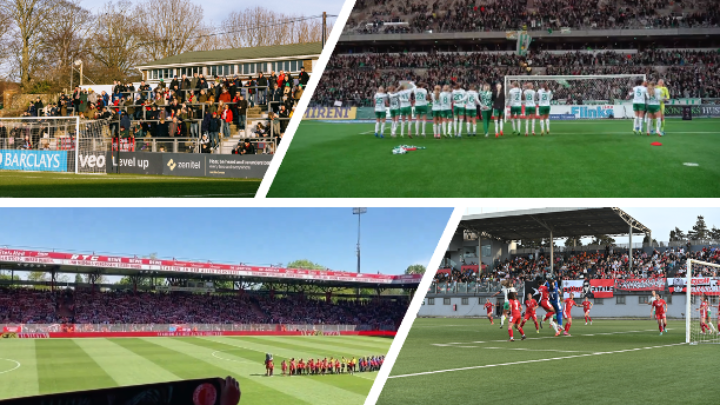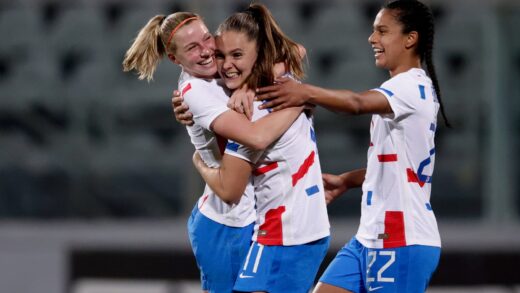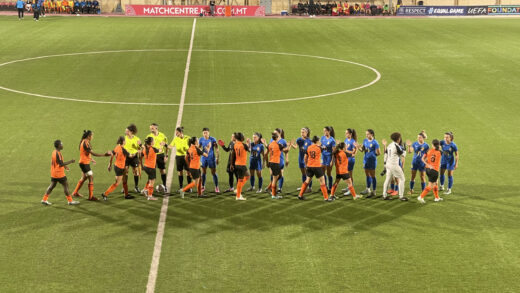While record numbers were registered at domestic and national team level in Malta in the past seven months, the real test is consistency. Lewes, Union Berlin & Hammarby are three clubs which have steadily built a devoted and active supporter-base for their teams. Record-breaking attendances capture the headlines, but the real story is what they did to convert passive scrollers, into a sustainable increase in match-goers.
Just Numbers Or A Growing Movement?
The Malta Football Association published attendances for the men’s league matches this season i.e. in the BOV Premier League, the BOV Challenge League and the Izibet Amateur League. A 22% increase in attendance was registered in the Premier League, a 5% increase in the Challenge League, while the Amateur League registered a decrease of 9%. On the other hand, there is still no word on the attendances related to the Assikura Women’s League.
Until those statistics are compiled and published by the Malta FA, one notes that all eight clubs participating in the Assikura Women’s League have made their own varied efforts to engage an audience through their social media accounts, to increase the visibility of players, coaches and the identity of the club itself. Together, they boosted the profile of women’s football in Malta, which culminated in record attendances at both domestic and national team level this season.
However, irrespective of which leagues a club participates in, whether in women’s or men’s football or both, all clubs face a real conundrum in converting a passive follower into a real supporter. Football associations face this same challenge in building a similar core-base for their national teams.
This means rallying a group of supporters that truly follow the side through thick and thin. Ones who attend matches and most importantly truly live the story with their team throughout the season and not just on the day they lift a trophy or celebrate a triumph.
One could categorise two major approaches in growing a supporter base, the ones that are club-driven and the ones that are supporter-driven. In an ideal scenario both merge to truly make the supporter part of the club and of a community. Lewes, Union Berlin & Hammarby are three clubs which have delivered success stories worth diving into.
Club-Led Initiatives
Lewes FC
One club that continues to thrive and set the bar is Lewes FC. Based in England, The Dripping Pan – their home, has been steadily seeing increases in its attendances since the club adopted a ‘Community Club’ model in 2010. The ownership model was key in this, following from those of that of the German Bundesliga which have a 50+1% rule, where the fans have the major share in the club.
In this respect, the first thing that the club leveraged was the hardcore supporters who were willing to donate money in exchange to become an owner. Having learned from the failures by other clubs trying to implement an approach where everyone gets a say in everything, the decision making model was adapted similar to a democratic government structure.
From there, the club maximised the visibility of the ownership scheme through effective marketing strategies, targeting the locals through media and also at matches, later on introducing saving schemes in collaboration with local stores.
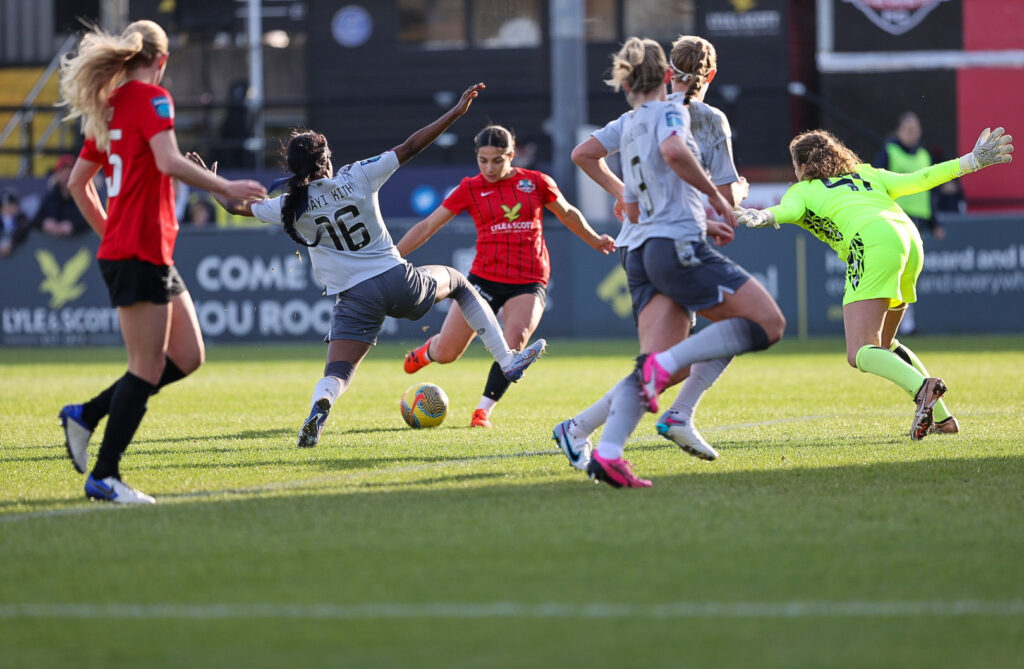
With time, the club has become very effective in tailoring their matchdays for their supporters, setting a clear program for every matchday that is not solely limited to the kick-off and final whistle. That perhaps is the key, in creating a true matchday experience, rather than a 90-minute experience.
It is something that the club continues to assess and refine as its supporter-base evolves. Central to this is the club’s continuous effort to understand their demographic, down to how much is spent at the bar, their food taste, merchandise desires and the preference battle between purchasing online or at-gate tickets.
It is an effort that has grown the average attendance from 500-550 in 2015, into almost 950 in 2023/24. And here’s the catch. The average attendances for both the men’s and the women’s team in the season just expired (2023/24) are the same, 934 for the women, 943 for the men. That is the mark of a club that truly embodies a one-club philosophy, where their supporters, turned owners, are actively following all their teams and growing sustainably in numbers.
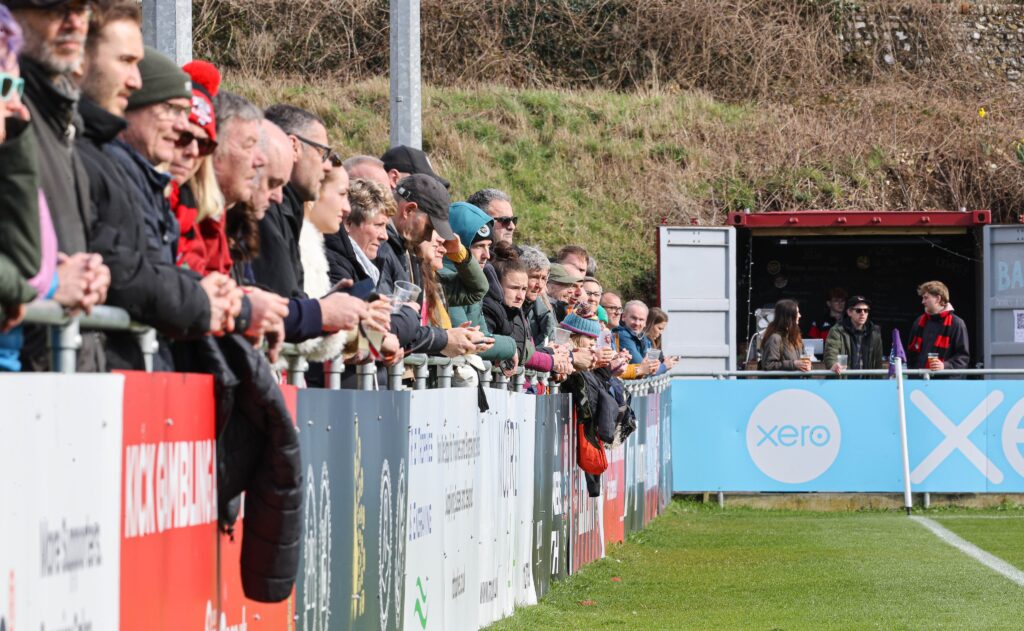
In a season where the women’s team got relegated from the Barclays Women’s Championship, their final home match broke the attendance record for any league match, with 2,614 attendees, standing just second behind last year’s record-breaking FA Cup tie against Manchester United Women (2,801). Meanwhile, this season the sixth best attendance record of 1,975 attendees was re-set in the men’s team’s match against Whitehawk in the Isthmian Premier League.
Union Berlin
The club’s men team rose into the Bundesliga in 2019 and Union Berlin became a rapid success story as 2023 also marked an appearance in the UEFA Champions League group stages. Meanwhile, the club’s women’s team have gotten themselves promoted into the second tier following a play-off final this season, thus continuing on their trajectory towards the top.
This season the women’s team sold out the 1,500 home Fritz Lesch Sportsplatz, with the team starting to build a loyal fanbase that supports both the men and the women. A record crowd of 12,000 spectators watched the Berlin derby between Union Berlin and Hertha BSC, which Union Berlin won by 5-0.
As noted above, German clubs employ a 50+1% ownership by the fans. This translates into the involvement of supporters beyond the attendance on matchday. The club’s stadium, Stadion An der Alten Forsterei, was home to the ‘World Cup Living Room’ during the 2014 FIFA World Cup, propping up a big-screen to enable the supporters to come together and watch the matches unfold. Around 2,300 members giving a helping hand to redevelop the club’s stadium.
Both clubs mentioned here opt to give their supporters some say in the running of things. This generates perhaps the strongest possible bond between a small club and it’s fan-base. However, there’s plenty that can be adopted even if the club does not operate with a fan-ownership model.
Supporter-Led Initiatives
While in the above-mentioned cases clubs designed elements that pulled interest from the public to increase their supporter-base, there is an alternative. This season presented a success story as Hammarby had close to 7,000 supporters for an away match that won them the Swedish top-tier league, the Damallsvenskan.
That storm began to be brewed by Simon Sandstrom four years ago, when his daughter, then nine-years old, inquired about the lack of vocal support and numbers for the women’s team, while watching one of Hammarby’s matches.
Picking up on his daughter’s disenchantment, Sandstrom set things in motion to foster a culture where supporters got together before matches in the same pub and discuss their anticipation of the matches. As the numbers grew, so did the noise they brought, armed with megaphones and drums, before they linked up with the club to grow it further.
It evolved into a 7,000 strong army that travelled to an away match in Norrkoping this season as they ended their 38-year drought to lift the second Damallsvenskan league title.
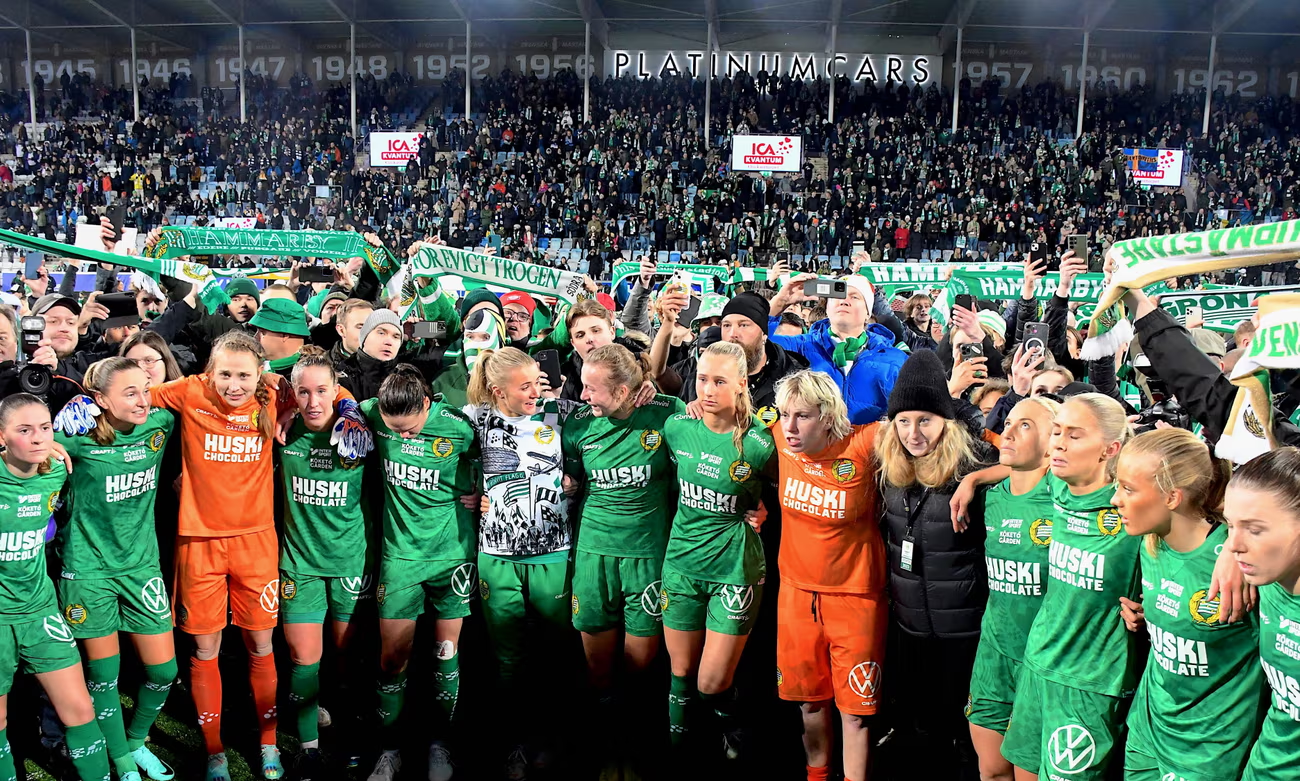
A Real Test Awaits
Lewes, Union Berlin & Hammarby are three clubs situated in very different countries, but all three have managed to foster a fanbase that finds an identity in their club and a home in that community. Their approaches varied, but all worked in steadily raising the numbers of supporters.
All three also successfully leveraged the popularity of their women’s national teams and simultaneously contributed to raising its profile by hosting watch parties of international women’s matches and encouraging their supporters to follow their players as they featured for their countries.
While club football is currently in the off-season, international women’s football returns between the 12th and 16th of July for the final round in the UEFA Women’s European Qualifications. Several countries will be looking to earn the results to fulfil their goals of Qualification and capture the imagination of more supporters who are dipping their toes in the women’s game for the first time.
Malta will be no different as the team strives to bring home a first victory in League B, when they host Northern Ireland on the 12th July at the Centenary Stadium (KO 19:30).
In the past seven months the attendance record for a Malta’s Women’s National Team match was broken twice, first in the all-decisive promotion match against Latvia (1,008 attendees), and then again against Portugal (1,026) in April’s UEFA Women’s European Qualification.
Two defeats against Bosnia & Herzegovina have put Malta’s team up against it in the final round with the chances of retaining a place in League B becoming much slimmer. While last December the call to arms was to support the side as it got promotion over the line, the upcoming last home match against Northern Ireland in these Qualifications is a very different one, as Malta’s Women’s National Team seeks to capture a first positive result against all odds.
It presents an opportunity to show that those numbers were not just sterile record attendances, but that they represent a growing supporter-base that has pride in their players and their national team. It presents the opportunity for supporters to show that they are in it with their for the long-haul, through thick and thin. It presents the opportunity for supporters to stand up and be counted.
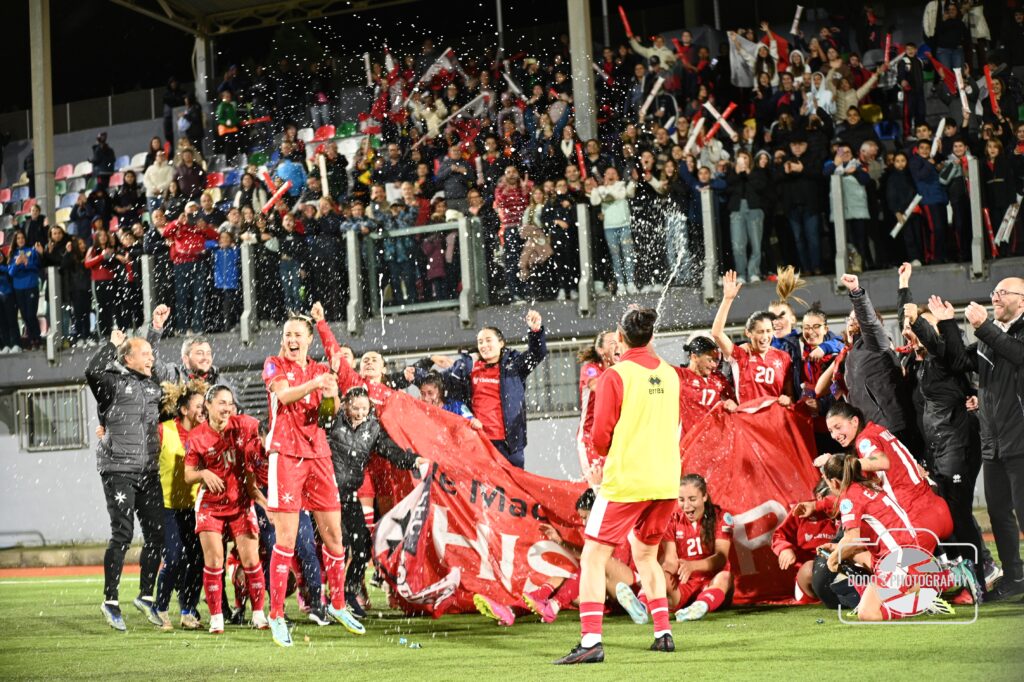
As noted above, the initiative to create that community can be on the entity (in this case the Malta FA) or the supporter groups. However, the real success story happens when they come together in fostering a culture that truly backs their team and creating a real match-day experience for supporters to enjoy.
As with Lewes, Hammarby & Union Berlin, Malta’s clubs have an opportunity to both leverage and contribute to the growth of the women’s football profile by promoting the match among their own fanbases, as the stars which they developed from grassroots levels take to the pitch representing their country.
The twelfth of July presents an opportunity to show that the community supporting women’s football in Malta is really growing, but that depends on all parties involved doing their bit. Tickets are available for purchase online but that is only one piece of the puzzle.
Lead Images (clockwise from top-left): Lewes FC Women / Hammarby / Dorienne Grech / The Women’s Game
Stay up to date by following The Sporting Fan on social media: Instagram ~ Facebook ~ X
